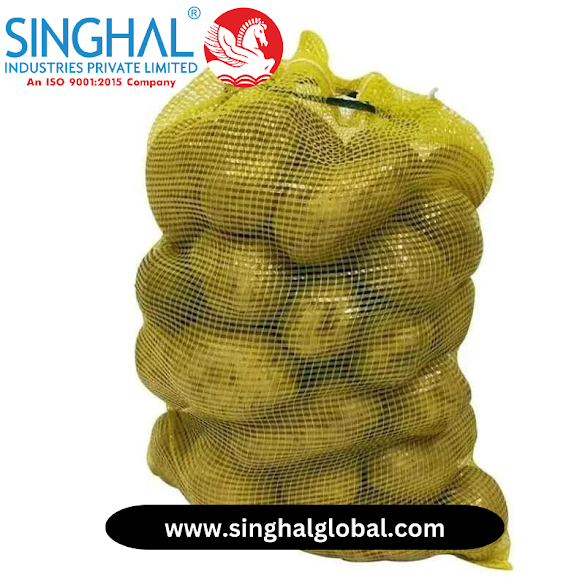The Secret to Stable Soil Structures: Geotextile Fabrics
In the realm of civil engineering and construction, the stability of soil structures is crucial. From roadways to retaining walls, the integrity of the foundation plays a vital role in ensuring safety and longevity. Amidst various methodologies and products available, geotextile fabrics have emerged as a game-changer. These innovative materials serve as a keystone in modern geotechnical engineering, capable of enhancing soil properties and sustainability.
Understanding Geotextile Fabrics
Geotextile fabrics are permeable textiles used in conjunction with soil structures to enhance their durability and performance. These fabrics can be divided into two main categories: woven and non-woven. Woven geotextiles are made using interlaced strands, providing high strength for applications such as erosion control. Non-woven geotextiles, on the other hand, are formed through a matting process that results in a fabric that is both flexible and porous, ideal for drainage solutions and filtration.
The Role of Geotextile Fabrics in Soil Stabilization
Separation: One of the primary functions of Geosynthetics products manufacturers in Ahmedabad is the separation of different soil layers. When applied in roadway construction, for example, these fabrics prevent the mixing of subgrade soil with aggregate layers. This separation helps maintain the integrity of both layers, minimizing settling and deformation.
Filtration: Geotextile fabrics allow for the passage of water while retaining soil particles. This filtration quality is essential in preventing soil erosion and maintaining the structural integrity of slopes and embankments. Fortunately, the right choice of geotextile fabric can mitigate the risks associated with excessive water flow.
Reinforcement: By distributing loads over a broader area, geotextile fabrics can reinforce soil structures. This reinforcement improves the load-bearing capacity of the underlying soil, making it particularly useful in areas with weak or unstable ground.
Drainage: Effective drainage is essential for the longevity of any construction project. Geotextile fabrics facilitate the drainage of water to prevent pressure buildup and moisture accumulation, leading to a reduced risk of erosion and structural failure.
Applications Across Industries
Geotextile fabrics find applications across various sectors:
Transportation: In road construction, these fabrics stabilize the base layers and minimize costs related to repairs and maintenance.
Landfill Construction: In waste management, geotextiles aid in drainage while preventing pollutants from leaching into the environment.
Civil Engineering: They feature prominently in slope stabilization projects, ensuring the safety of structures built on or next to unstable soil.
Manufacturers of Geotextile Fabric in India
As the demand for effective soil stabilization and management solutions rises, several developers, including Singhal Industries Pvt Ltd, have emerged as leaders in the field. With a commitment to quality, they supply geotextile fabrics that meet international standards while catering to local needs. As one of the prominent geotextile fabric manufacturers in India, their products are designed for performance and longevity. Furthermore, being located in Ahmedabad, they also rank among the leading Geosynthetics products manufacturers in Ahmedabad.
Cost Consideration: Geotextile Fabric Pricing in India
While quality always comes first, affordability is also crucial in selecting geotextile fabrics. The Geotextile fabric price in India varies based on factors such as the type of fabric, its thickness, and manufacturer reputation. However, investing in high-quality fabrics pays dividends in terms of project longevity and reduced maintenance costs, making them a cost-effective solution for any construction endeavor.
Why Choose Singhal Industries?
Singhal Industries Pvt Ltd stands out not just for their advanced geotextile products but also for their customer-centric approach. Their expertise ensures that clients receive tailored solutions that fit their unique requirements. With years of experience, they understand the significance of sustainable practices and are committed to promoting eco-friendly solutions in the soil stabilization industry.
Conclusion
Geotextile fabrics are essential components in modern civil engineering, ensuring the structural integrity and longevity of soil structures. As we move toward a more sustainable and productive construction industry, understanding these materials becomes increasingly vital. Partnering with leading Geotextile fabric manufacturers in India, like Singhal Industries Pvt Ltd, can pave the way for effective, innovative solutions that not only stabilize soil structures but also contribute to the environment’s health. Embrace the advantages of geotextile fabrics today, and invest in safer, more durable constructions.
Frequently Asked Questions (FAQs)
What types of geotextile fabrics are available?
There are two main types of geotextile fabrics: woven and non-woven. Woven fabrics provide strength and durability, making them ideal for applications requiring load-bearing capacities. Non-woven fabrics offer flexibility and are often used for filtration and separation purposes.
How do geotextile fabrics contribute to environmental sustainability?
Geotextile fabrics reduce soil erosion, helping stabilize slopes and manage runoff. They prevent the leaching of harmful substances into the environment, supporting sustainable land management practices. Additionally, their use lessens the need for invasive construction practices that can damage local ecosystems.
How can I determine the appropriate geotextile fabric for my project?
Choosing the right geotextile fabric depends on the specific requirements of your project, including soil type, drainage needs, and load expectations. It is advisable to consult with experts—like those from Singhal Industries—who can analyze your needs and recommend the best solution.


.png)

Comments
Post a Comment